Life as a soldier, sea farer, wanderer and gold prospector written down in poetry
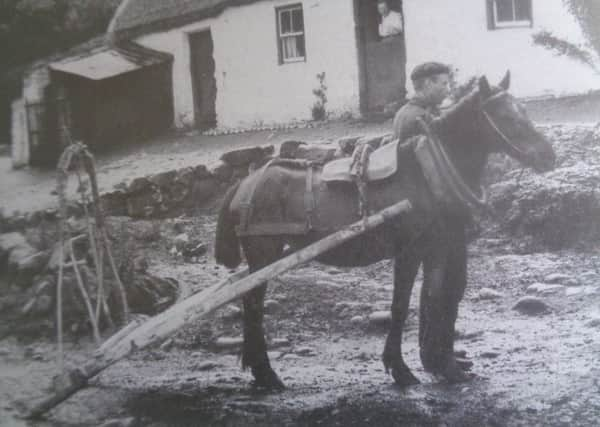

I told Mitchell that I hadn’t and offered him the rest of today’s page to correct the omission which he has done with his (as always) hugely evocative writing and wonderful old pictures.
For more than 20 years James Stoddard Moore roamed the dusty roads between Ballycastle and Cushendall, observing, thinking and writing – writing verses about everything that took his fancy.
Advertisement
Hide AdAdvertisement
Hide AdRobert Bacon, the editor of the Coleraine Constitution (later the Northern Constitution), began running Moore’s poems in his newspaper and the poet himself came up with a pen-name.
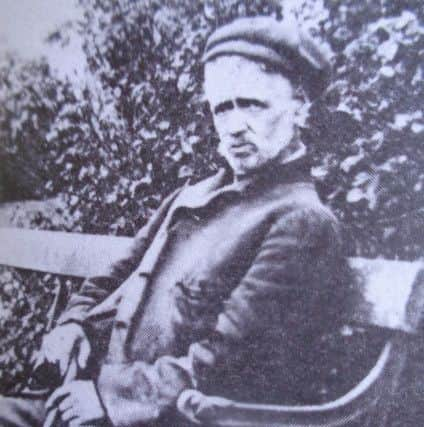

“Call me Dusty Rhodes,” he told the editor.
And that’s the name James Stoddard Moore is remembered by to this day in the Glens of Antrim.
He put his lifestyle in the first verse of Song of Myself:
“My life it is a merry one
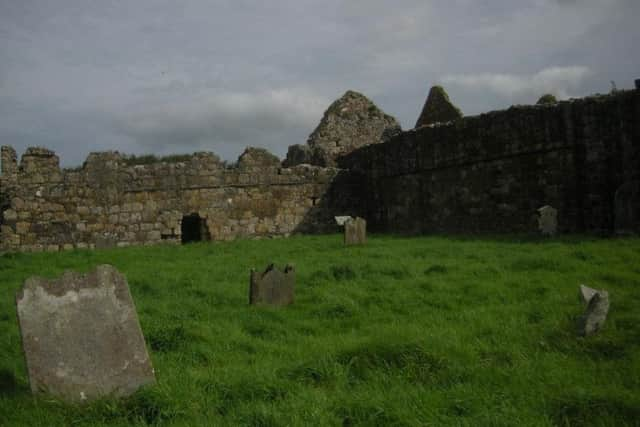

I revel in delight.
I laugh at men who struggle in
The world’s ceaseless fight.
I never mind how much they strive
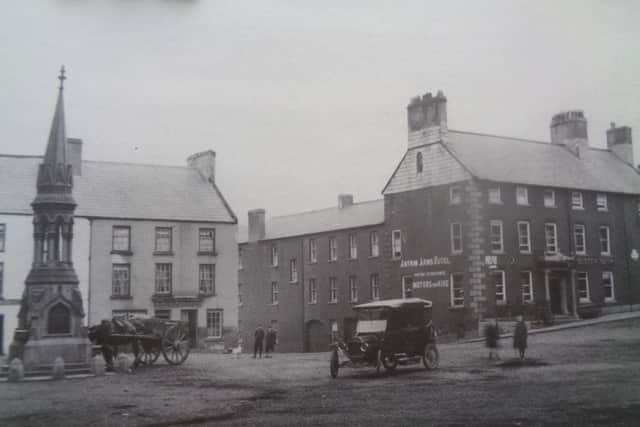

For fortune, fickle scamp.
The world’s affairs take no effect
On Dusty Rhodes, the tramp.”
Dusty’s Glens of Antrim roamings occurred between 1917 and 1939, when he died at the age of 95.
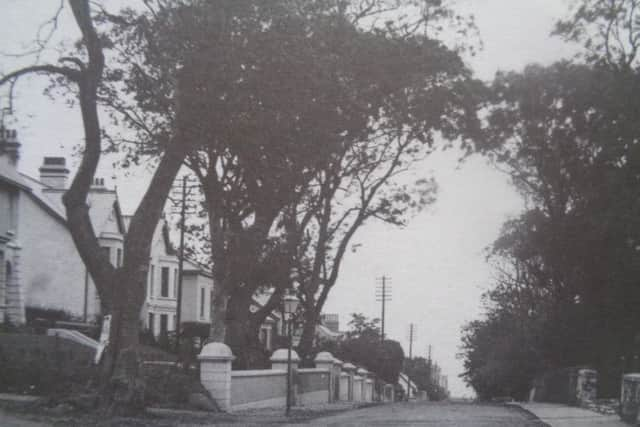

To say that he had lived a full, full life would be an understatement.
Advertisement
Hide AdAdvertisement
Hide AdBetween the time the Cushendall native ran away to sea in his teens until he took up the life of a wanderer in 1917, Moore was a sailor, a soldier, a gold prospector, a labourer, a whaler, and much else.
He travelled all over the world.
With the Welsh Fusiliers – with whom he served for 15 years – he saw service in India, in the Khyber Pass and in Afghanistan.
On one occasion he used his leave from the army to visit the infamous Black Hole of Calcutta (where a rebel chieftain imprisoned 146 British captives in an 18-foot square dungeon; next morning only 23 came out alive).
Earlier as a merchant seaman he had jumped ship in San Francisco to go prospecting in the California gold fields.
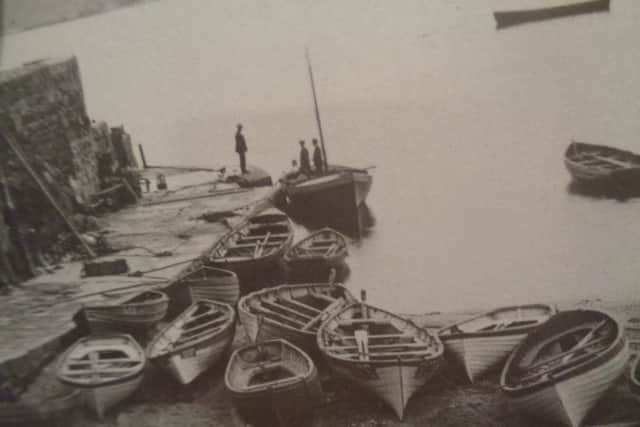

Advertisement
Hide AdAdvertisement
Hide AdOn whaling ships he sailed the seven seas, from the Arctic to the Antarctic, on voyages lasting up to two years, pursuing the whales whose oil lit the world before petroleum was discovered.
Those days are recalled in A Whaler’s Yarn.
His poems A Turkish Tale and A Turkish War Song recall that at one point he left a merchant ship in Constantinople (now Istanbul) and (in his words) “for two or three months wandered over the greater part of Turkey”.
After leaving the Californian goldfields, he made his way across America to New York, probably living a hobo’s life.
In the Dakotas he met Arapahoh (native American tribe) chief Sagaw-we-Watha, and later wrote the warrior’s “death song”:
“My canoe glides away o’er the lakes to the sunset
My hatchet is buried, no more to be raised.”
Advertisement
Hide AdAdvertisement
Hide AdBut he is mostly remembered for the poems he wrote in that last 22 years of his life when he wandered the roads of north Antrim.
His love of that area is clear in the titles of some of his work: Finn McCoul and the Dog Bran; Grey Man’s Path (at Fair Head), Ballycastle Bay, The Witch of Glentow, The Battle of Aura, Bunandalla (his name for Cushendall), The Lord of Dunluce, Ballintoy, Fair Head and Murlough Bay, The Causeway Fair, The Vale of Glenann, Rathlin Island…
When he wasn’t on the road he lived latterly on Mill Street, in Ballycastle.
But he didn’t like having a roof over his head for long. He wrote:
“I wear my bedclothes on my back
I sleep just where I like.
Sometimes I doss behind a hedge
And sometimes in the spike.”
Advertisement
Hide AdAdvertisement
Hide Ad(The ‘spike’ was a section of the old workhouses reserved for itinerants and tramps).
Ballycastle historian Robert McCahan, writing in 1922, gave us this word picture: “Few there are in Ballycastle that pay any particular attention to the solitary and still soldierly bearing of the slimly built and upright form in medium height of the poet, now in his 79th year, as he walks slowly and sedately along the Quay Road with staff in hand for his almost daily walk to Ballyvoy and Fair Head.”
In those days, Moore had a pension of 10 shillings (50 pence) a week, which he augmented with his poems.
McCahan notes that he could be found “selling or repeating some of his poems to any kind-hearted person who felt disposed to purchase or listen to his recitals.”
Advertisement
Hide AdAdvertisement
Hide AdHe would probably have received some small remuneration, too, from the Constitution when the paper began publishing his verses.
A biography of James Stoddard Moore is for sale in the Ballycastle Museum on Castle Street.